What to consider when planning?
Before proceeding with the design of the main room, you should determine the starting point. The following input will be required:
- The size... It is logical to assume that the layout of a large living room will differ from a small one: the amount of furniture, its dimensions for spacious, compact rooms also differ. In the layout of the hall, the width of the walls and the height of the ceilings are important.
- The form... The space can be regular (square, rectangle) or irregular (pentagon, L-shaped, with a bay window).
- Windows, doors... More precisely - their number, size, location. Often it is the openings that dictate arrangement of furniture on the plan.
- Functional... It happens "imposed" - for example, in studios, where halls are combined with kitchens... Or supposed - in the case when the owner or designer decides to combine the living room with the dining room, study, bedroom.
- Features of the... In apartments, living rooms are often made walk-throughs, which affects the interior design. In houses, the arrangement of objects can be influenced by such elements as a fireplace, stairs, mansard roof, exit to the courtyard.
Features in the size and shape of the living room
Distinguish by area
Big
The average values of a spacious living room start from 20 m2: enough to divide the space into functional zones, accommodate all the necessary furniture, and leave space for free movement.
Small
It is logical to assume that less than 20 m2 is considered small, but living rooms of 14-20 m2 can be called average, but everything less than 12-14 m2 is already small. Small room, on the one hand, easier to make cozy.
On the other hand, it is more difficult to fit everything you need in it, especially if, in addition to a sofa, a table, a TV, it is planned to place a dining, sleeping, and work area. To make the hall comfortable the plan must be thoroughly thought out from the beginning: improvisation in this case is inappropriate.
Form options
Square
Traditionally, it is believed that square rooms are the most convenient for planning. The opinion is correct if the whole room is a seating area. Then in the center it is appropriate to place coffee table, next to it is a sofa, armchairs, on the contrary - a TV or a projector screen, on the sides of the media zone there will be enough space for shelving with books or decorative items, or indoor flowers.
Lighting quite central, but it is better to make several scenarios: bright, muted, decorative.
A completely different calico arises when the task is to divide the living room into zones: in a square, especially a small one, only visual techniques are permissible.
Rectangular
In the layout of such a living room there is an unspoken rule: the narrower the room, the more visual expansion techniques will be required. Of the pros - rectangles ideal for zoning.
Spacious living rooms from 16 square meters can be divided by physical partitions, screens, curtains, furniture (wardrobe, shelving, sofa), literally breaking one elongated room into 2 square meters.
If the area is small or you don't want to split narrow living room, use visual techniques: you can highlight the area with color, light, textured accents.
Expand the room it is possible with the help of transverse laying of a floor or carpet with a geometric pattern, photo wallpaper with a 3D effect, painting short walls in dark colors (and long walls in light ones), lighting across.
Wrong
Anything that does not fit the description of a square and rectangle is considered an irregular shape. The most common are:
- 5-6-sided... Squares or rectangles with beveled corners on one side take over all the pros / cons of the main shape. But on the other hand, they require special attention in the place of an additional corner. It is easier to come to terms with a peculiarity than to fight: we emphasize the "fifth corner" with the help of a fireplace, armchairs, pictures, decorative posters or a photo in frames.
- L-shaped... On the one hand, the letter G is not the most convenient option for planning a living room. On the other hand, there is a ready-made solution for dividing the hall into zones. In one part, they decorate a space for relaxation, in the other - a bedroom, a dining room, an office or whatever.
Often meet walk-through rooms, which, according to all the rules, will not be possible physically - at least additional doors will interfere. It is their location that must be taken into account in the design of the living room. For example, 2 exits opposite each other in the center of the living room literally divide it in half. Diagonal exits in the plan are also taken into account: the arrangement of the furniture will be diagonal.
Important! Do not block the path between the two doors - otherwise, your family will constantly stumble over furniture, experiencing discomfort.
The main differences in the functionality of the room
In the previous section, we have already mentioned in passing what other functions the hall can perform. Let's go over them in more detail.
Kitchen-living room
Usually the largest living room is combined with the kitchen. You can initially buy an apartment with such a layout (studio or euro), or make redevelopment in the existing housing (the exception is gasified houses in which the kitchen must be closed).
The most popular idea for planning a living room combined with a kitchen is separation sofa. It is he who acts as the border between the cooking and recreation area. But this role can also be played by an island, a peninsula, bar counter, dinner table.
Dining room
Unfortunately, in most kitchens there is very little space; it is not possible to gather all family members at one table. Therefore, modern homeowners prefer to transfer the dining space to the living room: look at the photo for options for placing a table with chairs.
Cabinet
In the heyday of telecommuting, having a workspace at home is not a fad, but rather a necessity. If there is no separate room for work in the apartment, it can be organized in the hall: a straight or corner table can be placed in an empty corner, or the console can be installed behind the back of the sofa in the center of the living room.
Bedroom
Not everyone loves sleep on the couch, in a one-room apartment, the question often arises about placing the sleeping area... Use horizontal or vertical zoning. The second is more suitable for apartments with high ceilings - the sleeping place is located under the ceiling on a special platform.
Nuances for living rooms in a private house
Appointment hall in a country house is no different from the same room in the apartment. But there are certain architectural features that should be considered when planning:
- Fireplace or stove... If imitation is often done in apartments, then real hearths are usually placed in houses. They have a lot of advantages, including the creation of a cozy atmosphere. But it should be understood that in the presence of a fireplace, planning begins with it (and not from the sofa, as they would have done in his absence). It is the hearth that sets the style and location.
- Stairs... It is impossible to ignore such an architectural element: firstly, stairs eat up a lot of space.Secondly, they require a free approach to them. But there is also a plus: a lot of free storage space is formed under the steps in the living room.
- Roof roof... Sloping ceilings, the height of which decreases closer to the walls, always look atmospheric. But they require care when planning: take into account the height at the lowest point so that it does not happen that people getting up from the couch will bang their heads against the roof.
Summing up, I would like to remind once again the main thing: always start the layout of rooms with the largest element. In the halls there is a sofa or a fireplace.

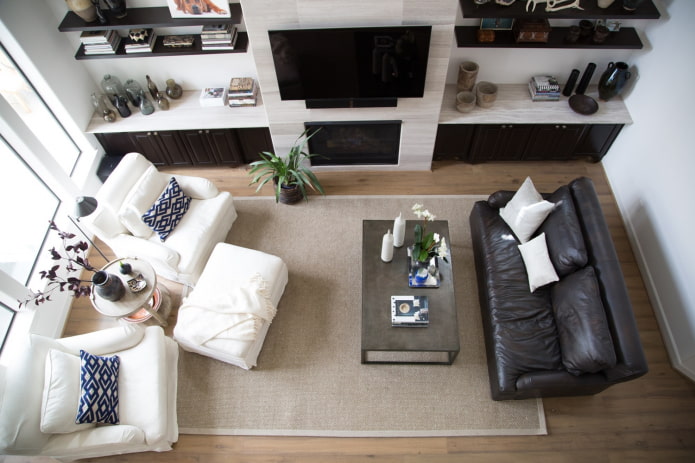
 10 practical tips for arranging a small kitchen in the country
10 practical tips for arranging a small kitchen in the country
 12 simple ideas for a small garden that will make it visually spacious
12 simple ideas for a small garden that will make it visually spacious
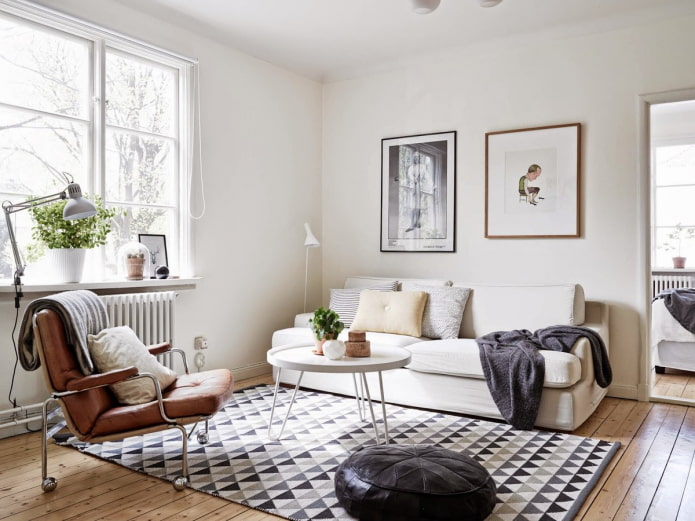
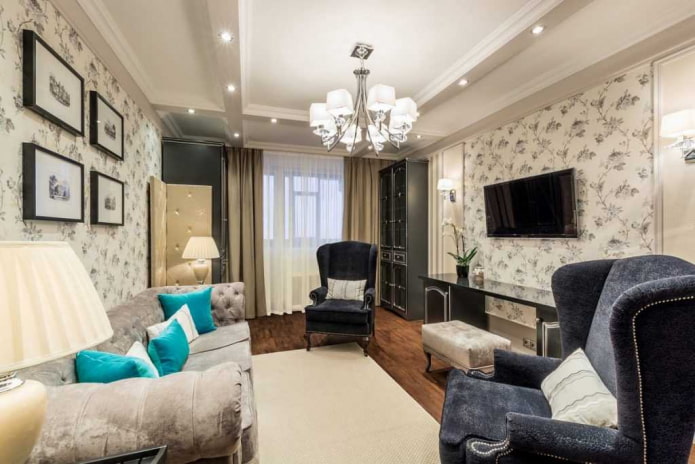
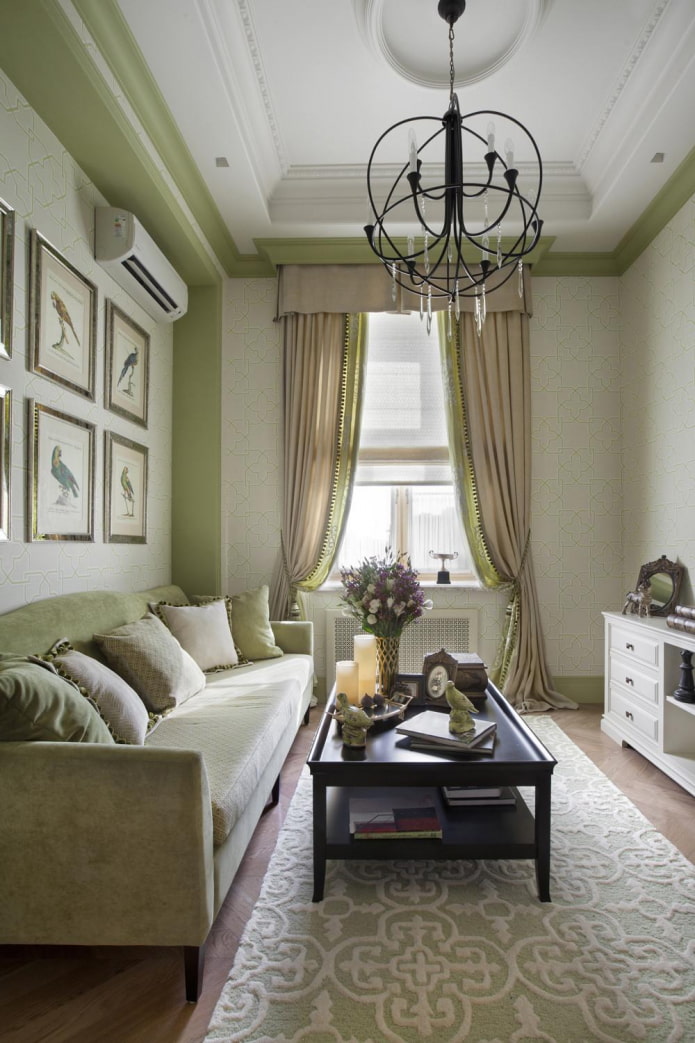
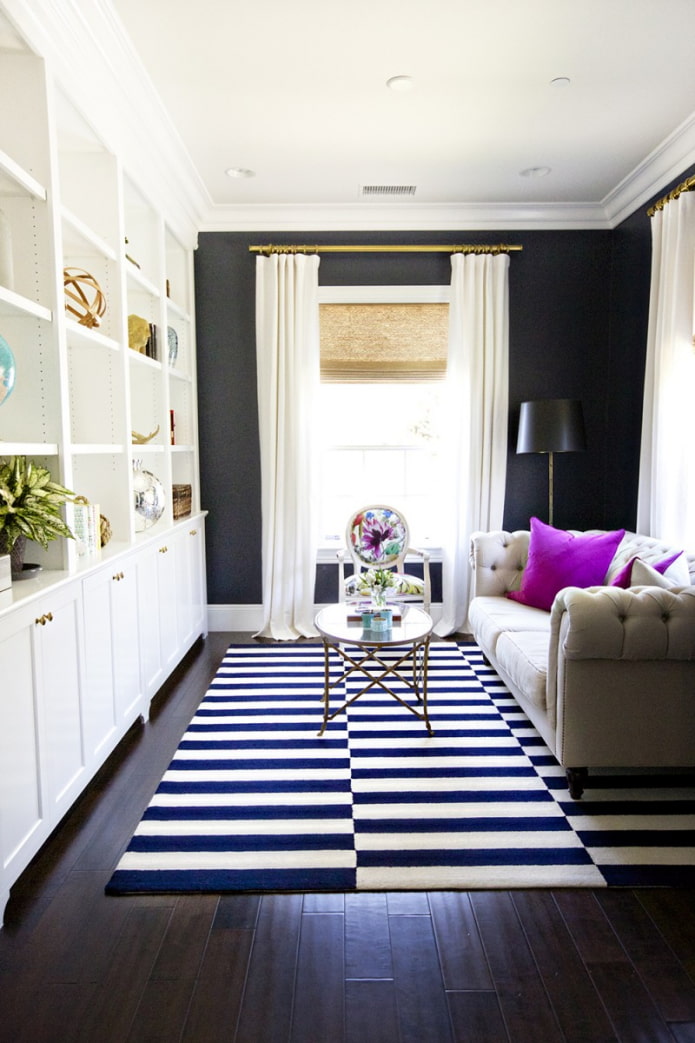
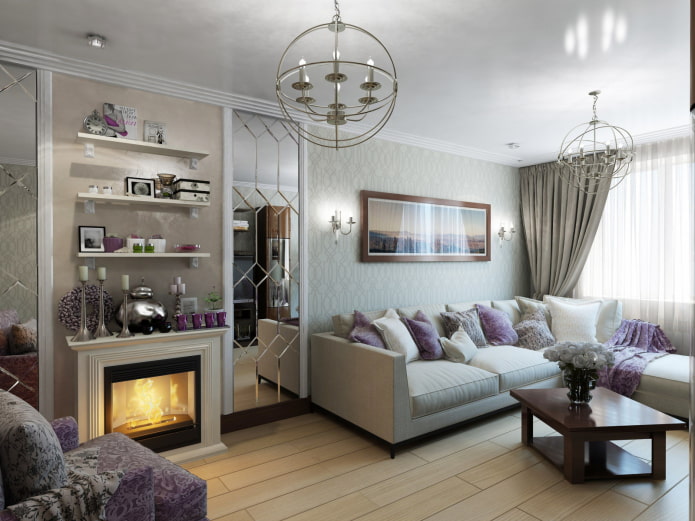

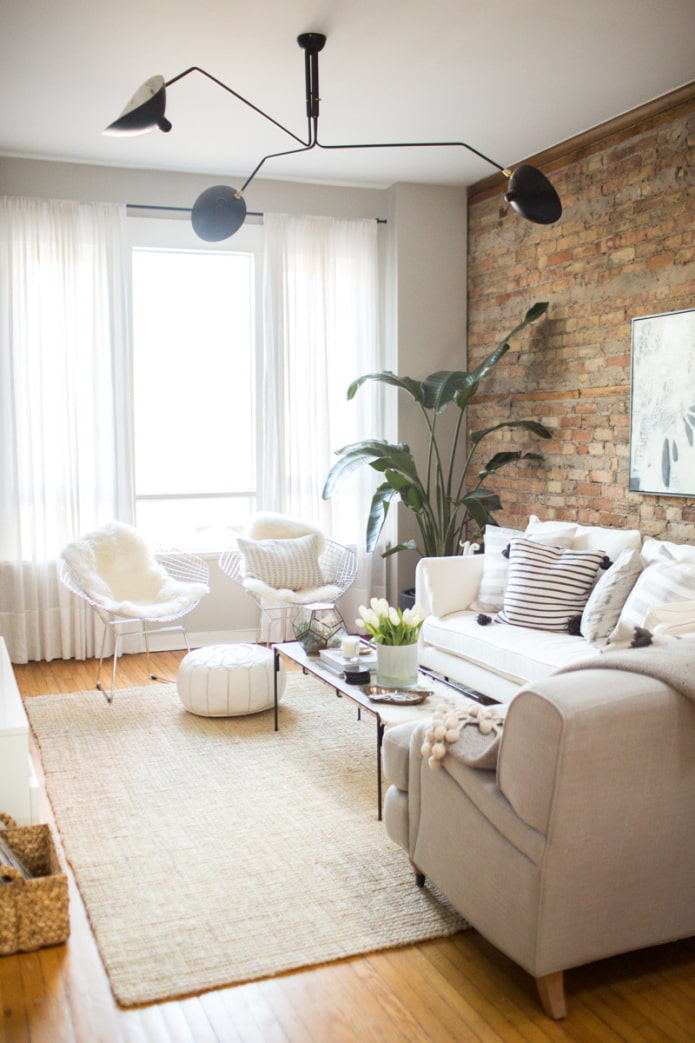
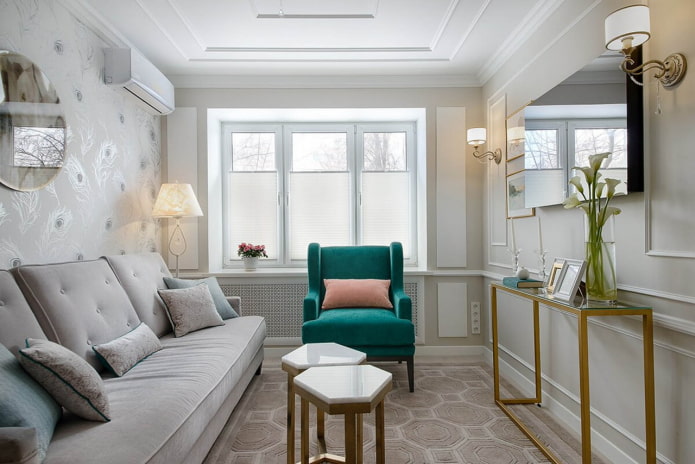
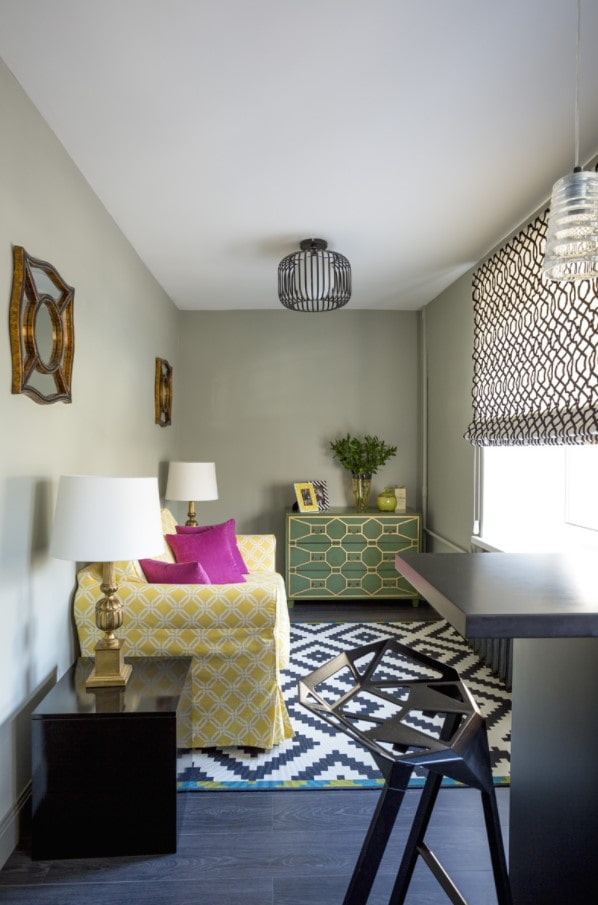
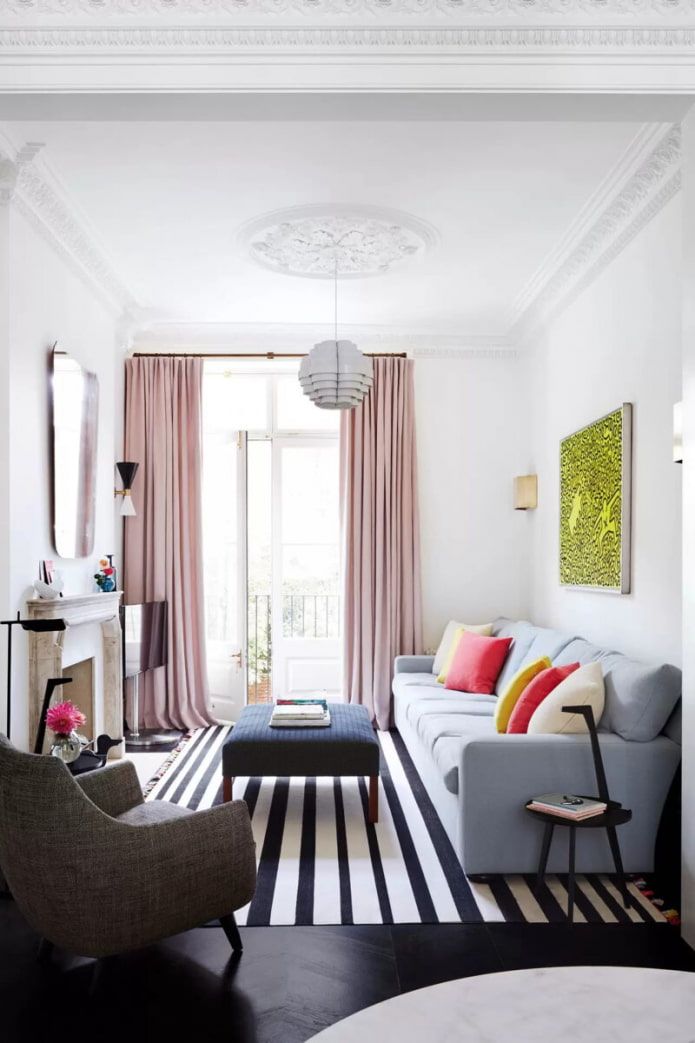
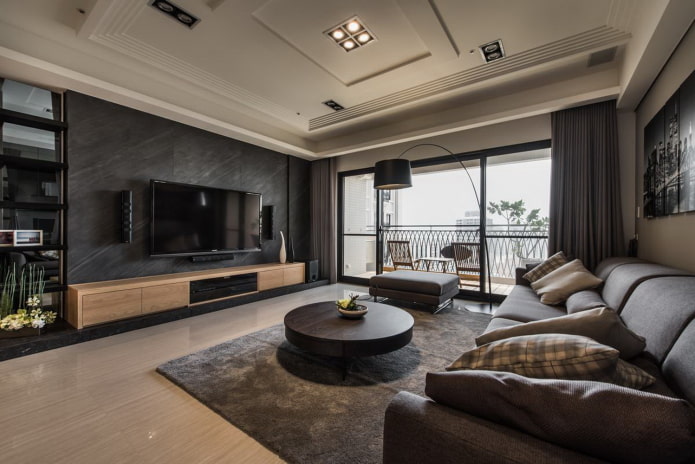
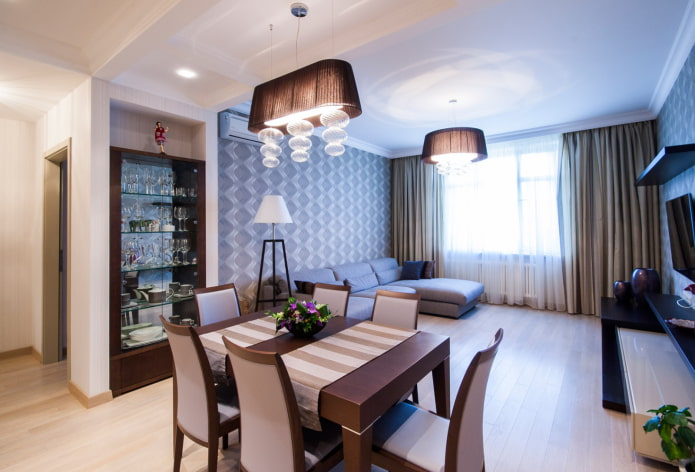
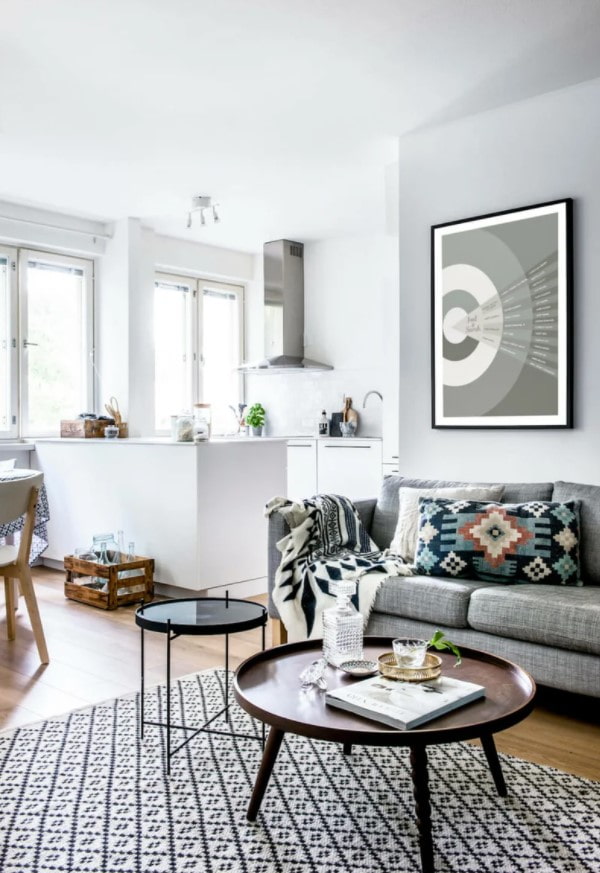
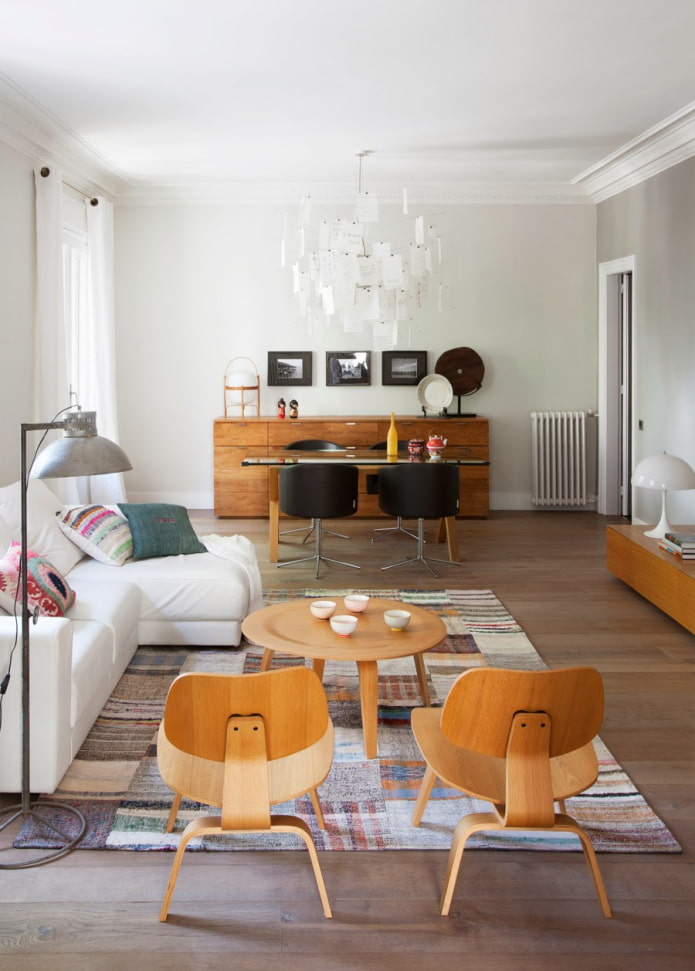
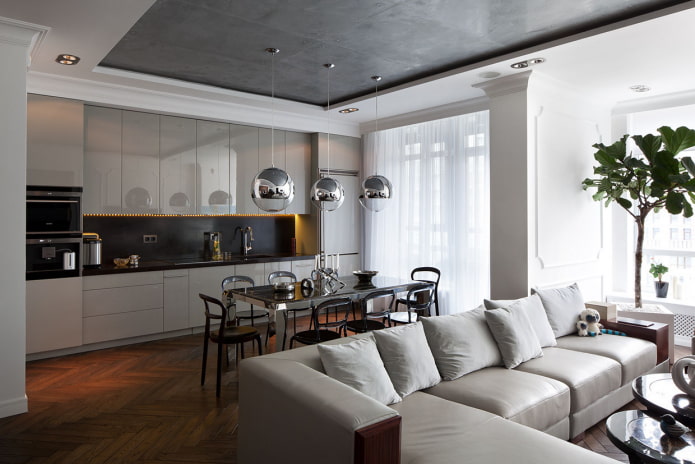
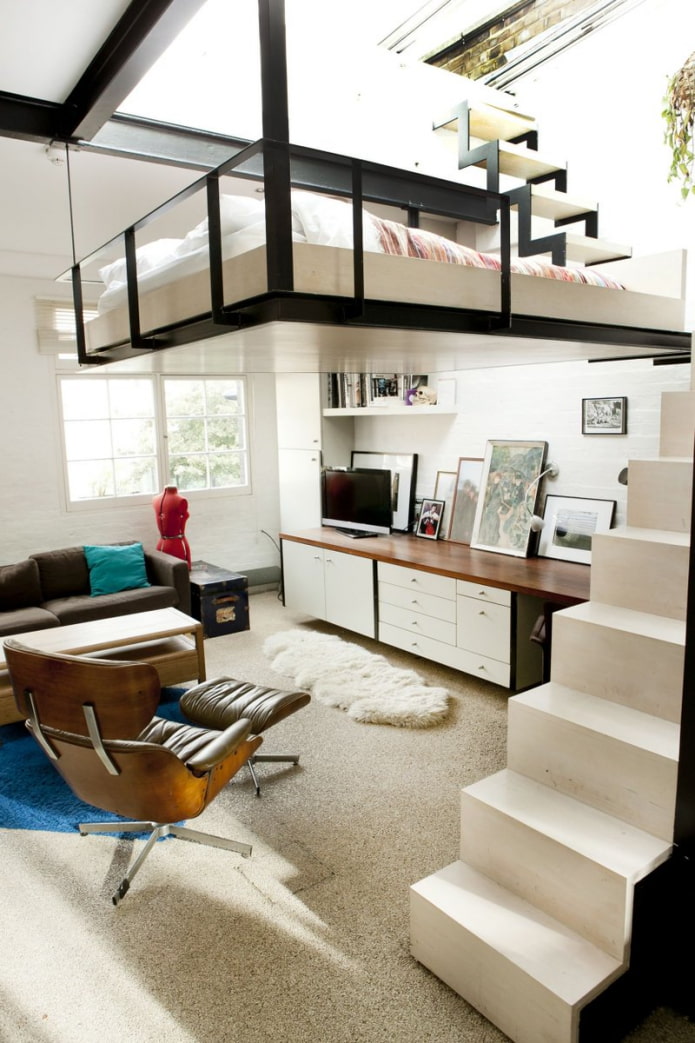
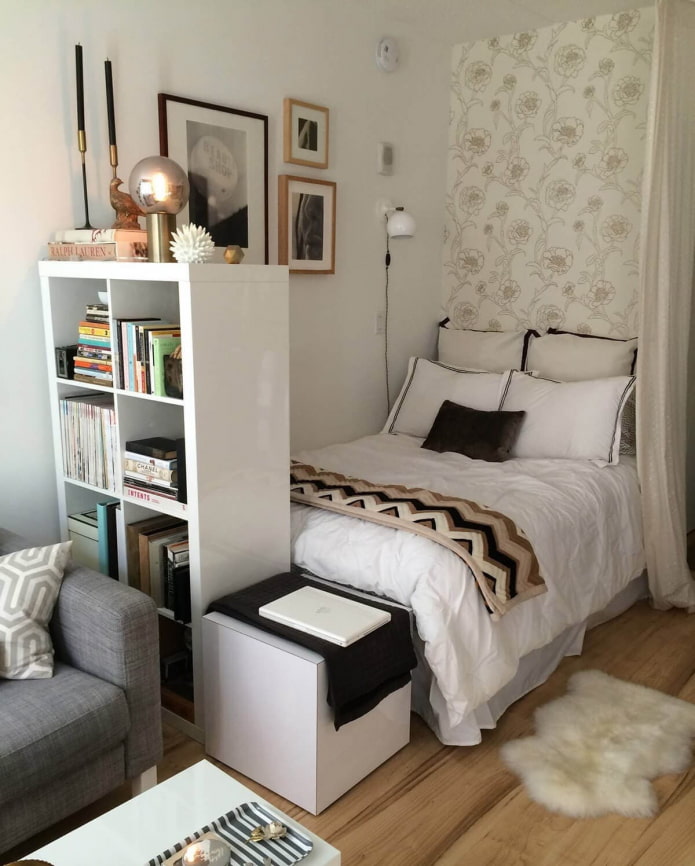
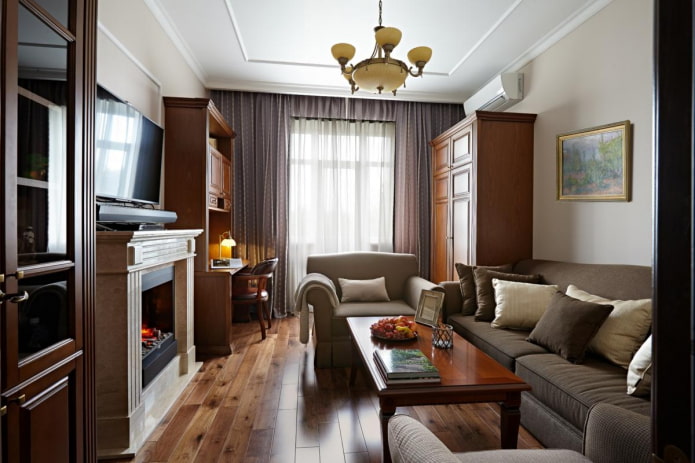
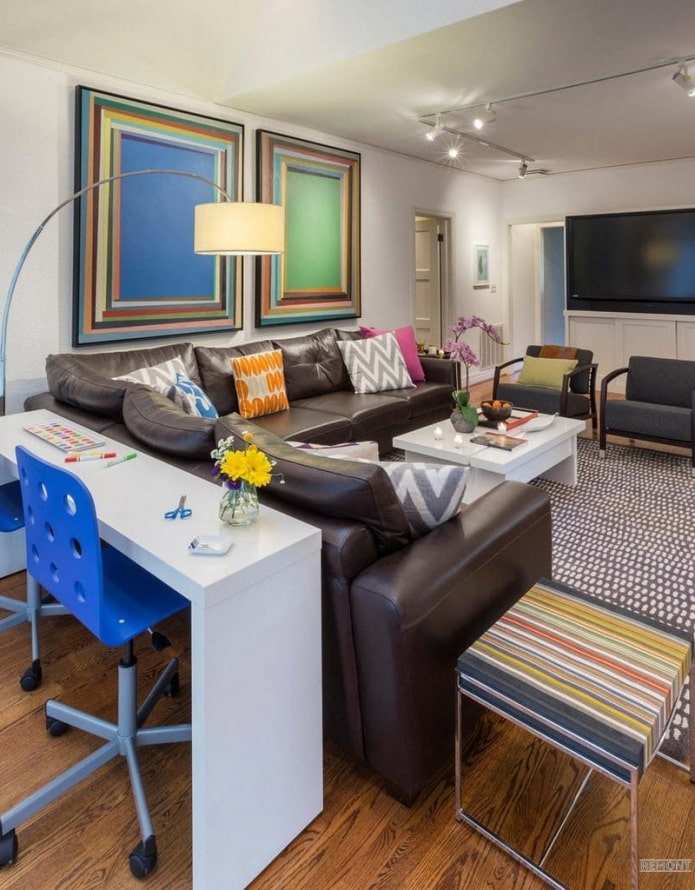
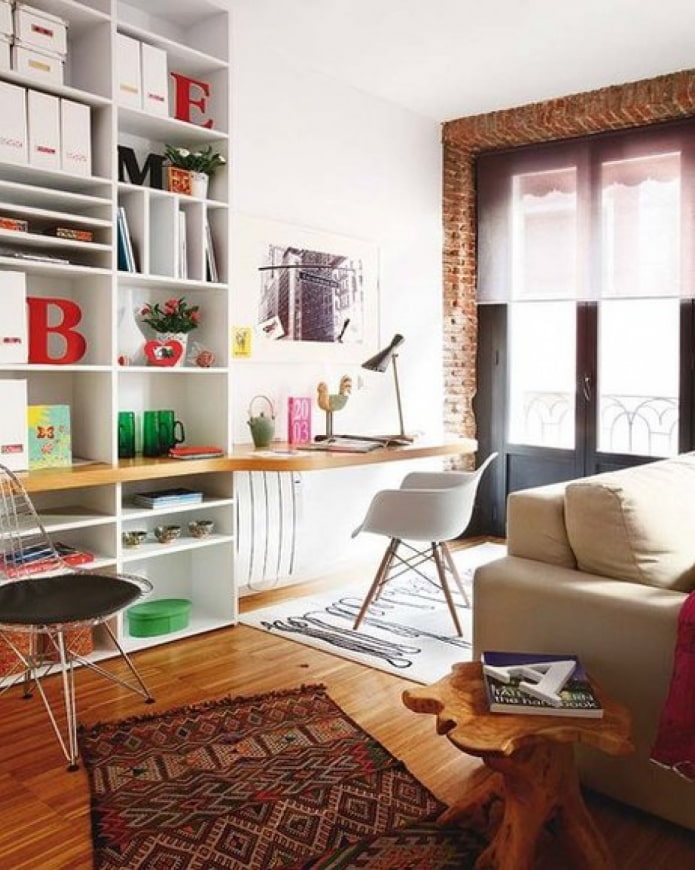
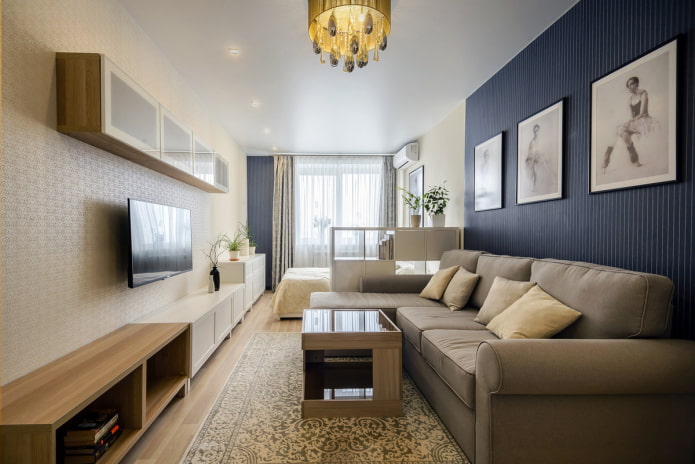
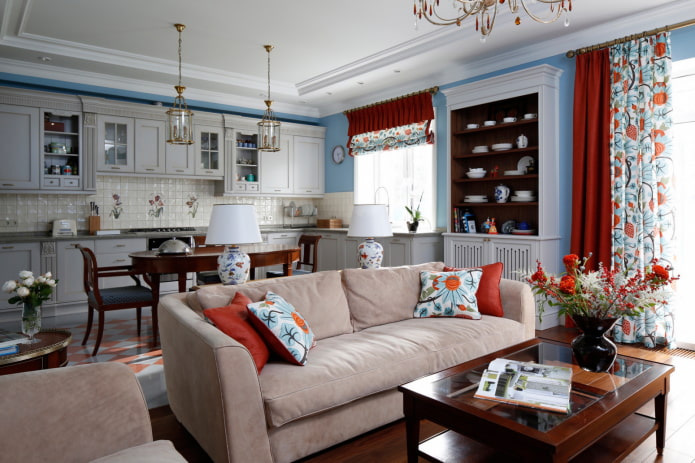
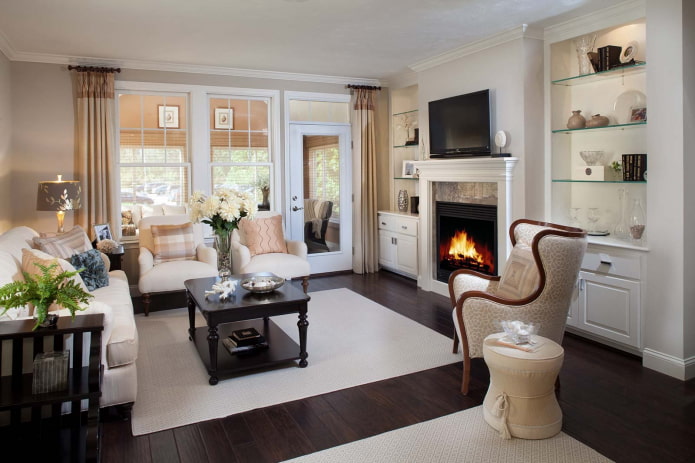
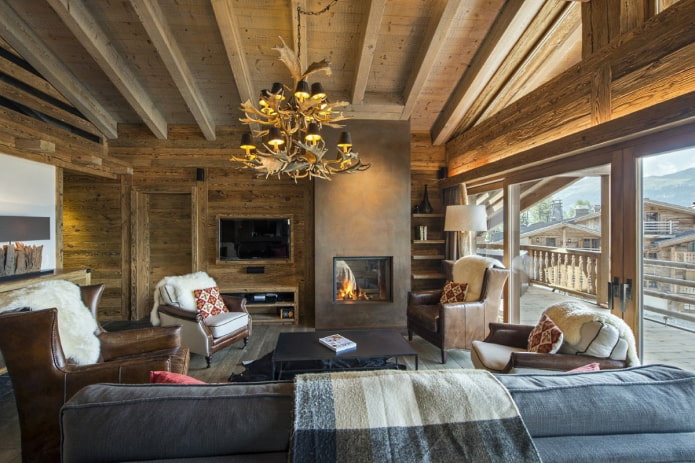
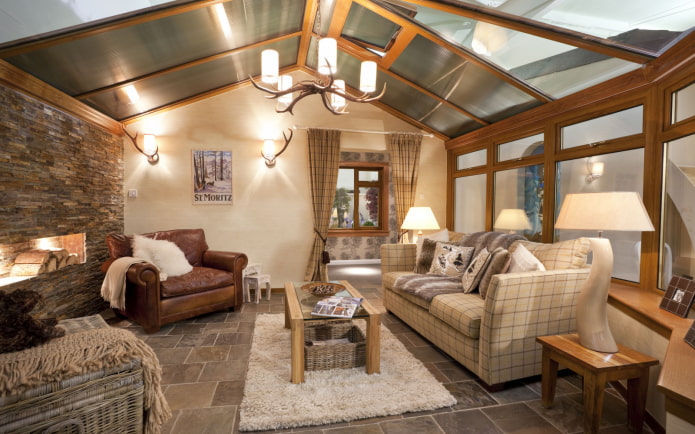
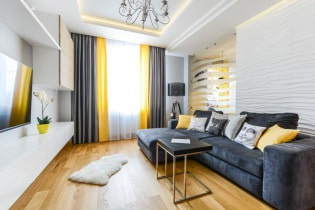 Choosing the best style of living room interior: 88 photos and ideas
Choosing the best style of living room interior: 88 photos and ideas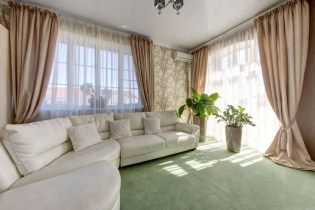 Curtains in the living room: 70 stylish photo ideas in the interior
Curtains in the living room: 70 stylish photo ideas in the interior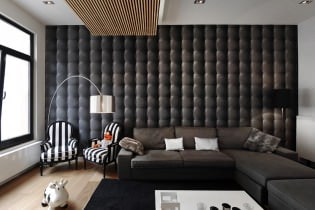 Wall decoration in the living room: choice of colors, finishes, accent wall in the interior
Wall decoration in the living room: choice of colors, finishes, accent wall in the interior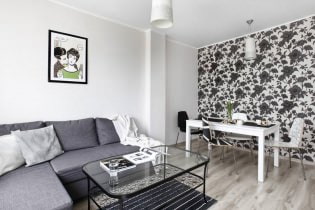 White and black and white wallpapers in the living room: 55 photos in the interior
White and black and white wallpapers in the living room: 55 photos in the interior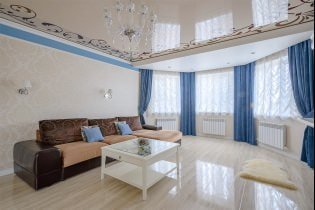 Stretch ceilings in the living room: views, design, lighting, 60 photos in the interior
Stretch ceilings in the living room: views, design, lighting, 60 photos in the interior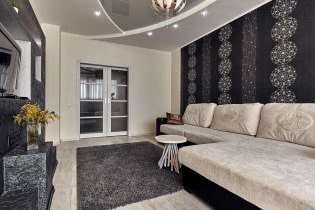 Wallpaper in the living room interior: 60 modern design options
Wallpaper in the living room interior: 60 modern design options